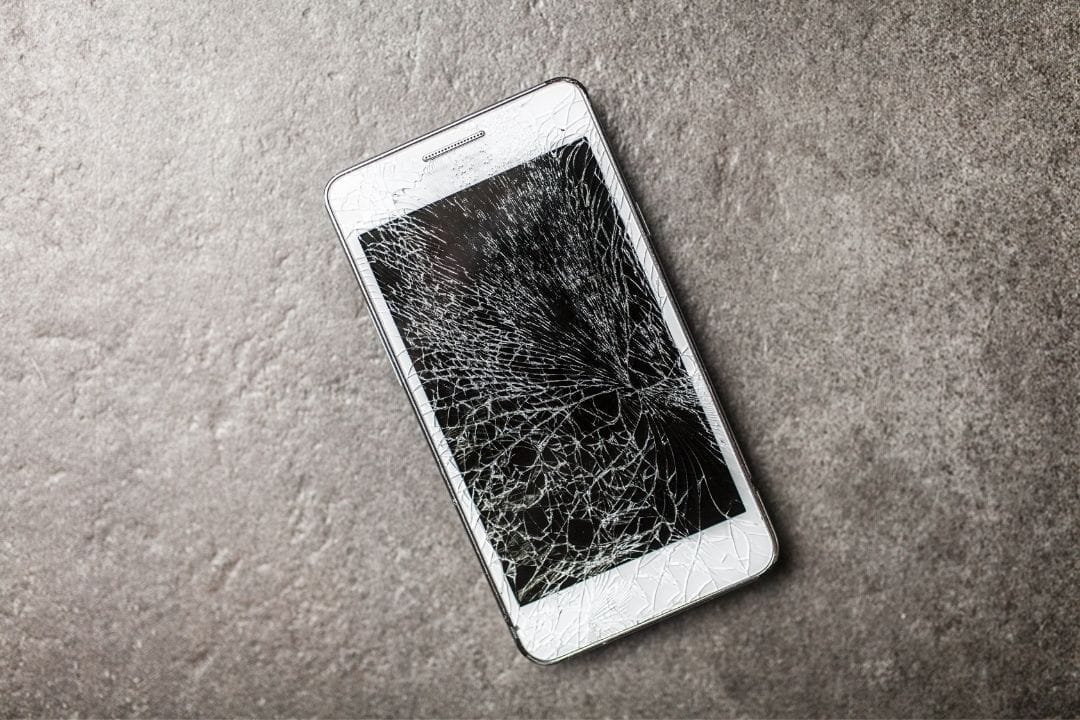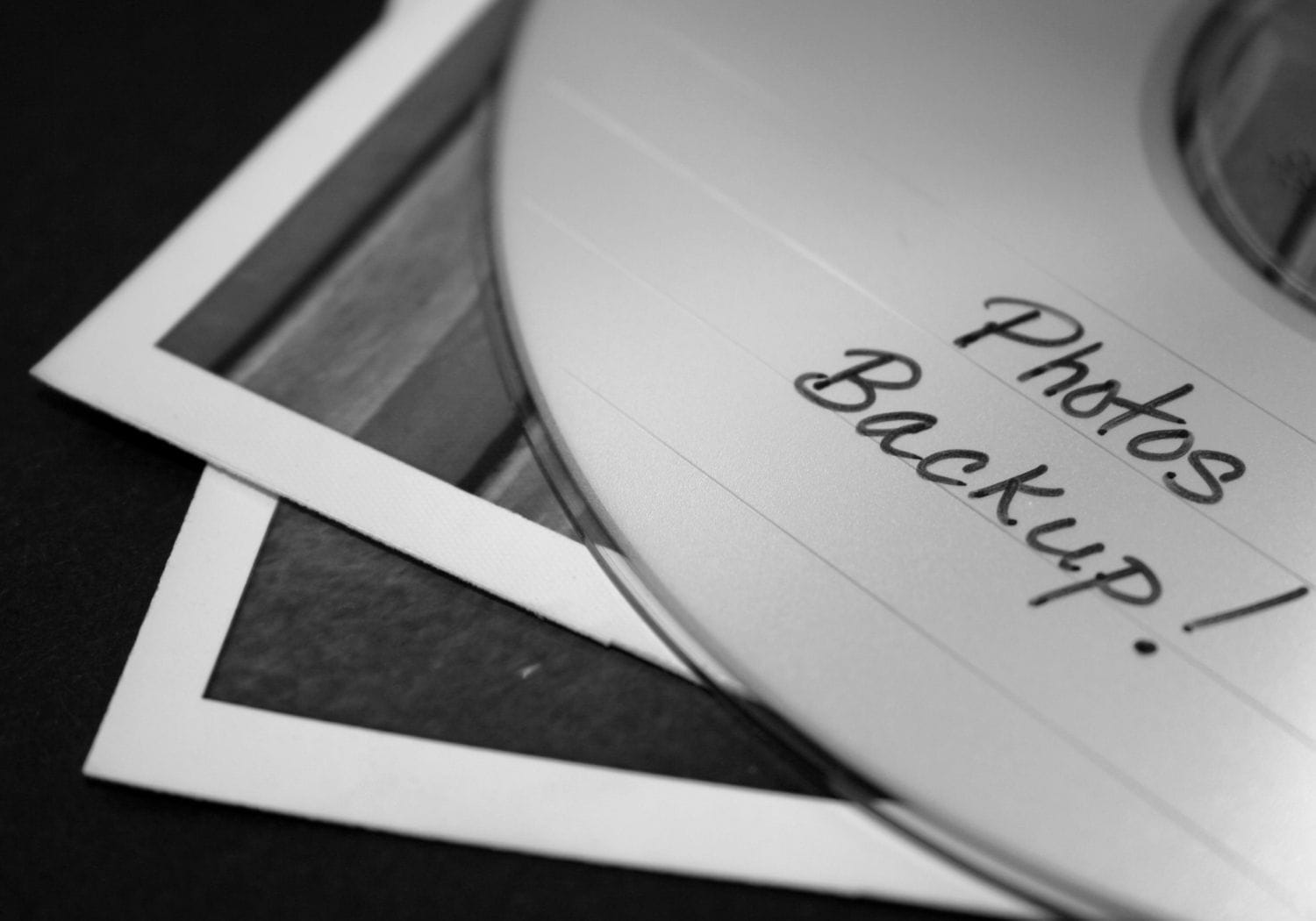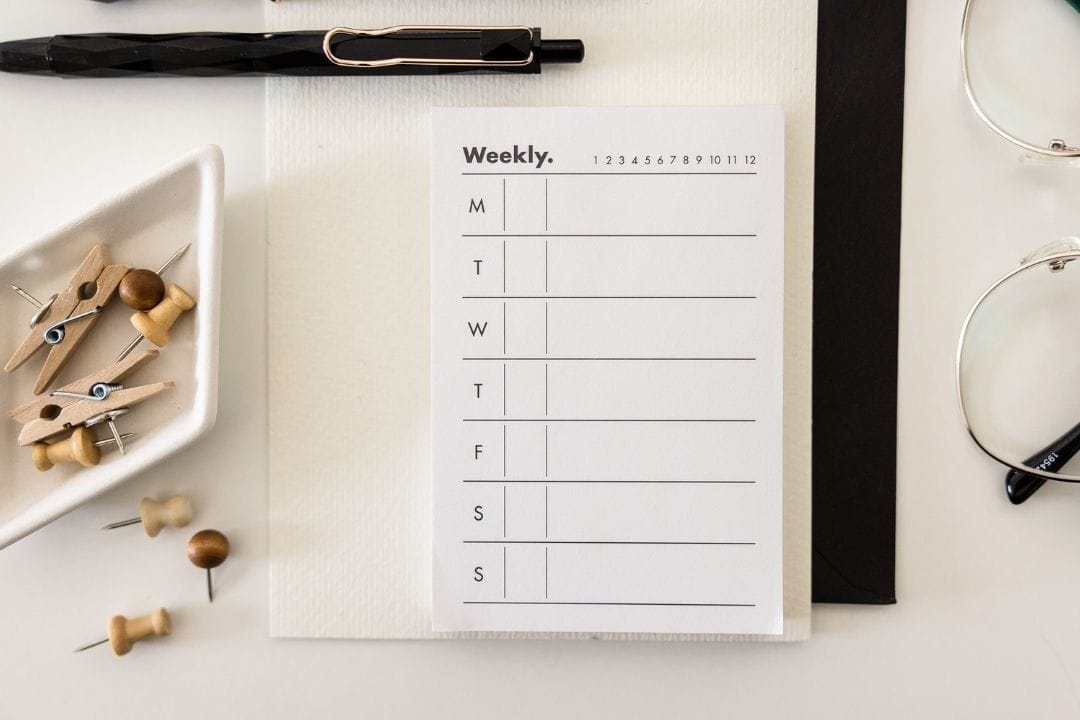Once upon a JPEG: Saving your photos from the Digital Dark Age
You’ve probably heard whispers of the Digital Dark Age... a future where 21st-century life vanishes behind obsolete file formats, ancient devices, or collapse of cloud providers. But what does that scary phrase actually mean for your photo collection? Let’s walk through why your precious images might not be as safe as you think and share simple, no-stress tips to safeguard them.
Why your photos could disappear
Digital photos might feel like they live forever, but the truth is: they’re surprisingly delicate little things.
They’re sitting quietly on old phones in drawers. Floating in the cloud (somewhere? with the Wi-Fi goblins?). Tucked into forgotten hard drives. Saved to CDs we no longer have disc drives for. And, if you’re of a certain vintage, possibly hanging out on a floppy disk. (Bless.)
Here’s the thing: formats change. Platforms vanish. And tech breaks.

Take MySpace. In 2019, they accidentally deleted 12 years’ worth of music and photos - that’s over 50 million tracks and content from 14 million artists that simply disappeared into the digital ether. No backups. No warning. Just... gone.
Or think about Google Photos. Free unlimited storage? Not anymore. Since 2021, it’s counted against your storage quota - and once you max out, older photos could be quietly compressed, lost, or at risk unless you actively manage your account. (Spoiler: most people don’t.)
Even cloud storage, which seems super secure, can be a bit of a gamble. If the service you use changes its terms, gets hacked, or simply shuts down (RIP Picasa, we hardly knew ye), your memories could go down with it.
Let’s not forget the trusty CD. Those shiny little discs from the early 2000s can degrade in less than 10 years - and when’s the last time your laptop had a disc drive, anyway?
Bottom line? Just because your photos are digital, doesn’t mean they’re safe.
But don’t panic. This isn’t a doom spiral — it’s a gentle nudge. Because with a few thoughtful steps (and a little Type A energy from yours truly), you can future-proof your photo collection. And you absolutely should.

How to rescue your digital memories
Okay, so your memories are in a bit of a pickle. But here’s the good news: you don’t need a computer science degree or a crystal ball to keep your photos safe. You just need a plan... and maybe a spare afternoon (or three).
1. Back up like your memories depend on it. (Because they do.)
The golden rule? One copy is not a backup. Aim for the 3-2-1 method:
✓ 3 copies of your photos
✓ 2 different storage types (e.g. hard drive + cloud)
✓ 1 offsite (like cloud storage or an external drive at Mum’s house)
Hard drives fail. Phones get dropped. Cloud services change their minds. Spread your photos out like a well-balanced cheese board.
2. Print your favourites
The ultimate form of long-term photo preservation? Ink on paper.
A printed photo doesn’t care if you forget your password. It doesn’t disappear in a server crash. And it looks very good framed in your hallway. Choose acid-free paper, archival albums, or better yet, let someone (yours truly, perhaps?) design a custom photo book that’ll make future-you weep with joy.
3. Name your files like a grown-up
IMG_3420.jpg is fine for dinner last night. Not so fine for your wedding day.
Use a simple, consistent naming format like 2020-12-25_Christmas_Lunch.jpg. And while you’re there? Organise by year/month/event. It’s deeply satisfying. Trust me.
4. Don’t rely on one app or platform
Google Photos, iCloud, Facebook, Instagram - they’re convenient, but they’re not forever. (Literally. None of them guarantee long-term storage or access.)
If any of these platforms disappear, change their terms, or simply glitch out (ahem looking at you, iCloud sync issues), your memories could go with them.
That’s why I recommend Forever.com - a service specifically designed for permanent, private photo storage. You pay once, not monthly, and they guarantee your content will be preserved for generations, not just until the next algorithm update. You can upload, organise, share, and even create albums and projects right inside your Forever account. And because it’s cloud-based and designed for the long haul, it ticks every archival box.
It’s trustworthy, secure, and refreshingly uninterested in selling your data. Forever is where I keep my own most precious memories and it’s the only platform I recommend to clients. You can even dip a toe in for free and see if it feels like home. Here’s a link to get started with a free account.
5. Tag, sort, keyword, repeat
Yes, this is the part where it gets nerdy.
But tagging faces, places, and events now means your future self (or your great-grandkids) can find that one perfect photo in seconds. Many tools even do this automatically - or you can hire a professional to work their organisational magic. (Hi, hello, that’s me.)
6. Schedule a yearly photo audit
Just like your taxes, but more joyful. Once a year, take stock:
✓ Back up any new photos
✓ Print your highlights
✓ Delete the blurry duplicates
✓ Bask in your organisational glory

Why it matters (and why you’re already doing better than most)
Every day, we upload billions of images across the internet. That’s not an exaggeration. It’s also not sustainable. As Photo Review warns, with this overwhelming flood of photos, file loss isn’t a glitch - it’s the default. Most images disappear quietly into the ether, lost to outdated devices, dead apps, or good ol’ fashioned human forgetfulness.
Even institutions like the National Library of Australia and National Archives can only preserve a tiny fraction of what’s created. Their digital preservation teams set strict standards and policies, but only official records make the cut. Family photo collections? They’re mostly left to luck - which, spoiler alert: isn’t enough.
As the National Archives of Australia explains: “Without active digital preservation measures, digital records are at high risk of loss, alteration or becoming unreadable.”
Your summer holidays. That wonky birthday cake photo. The blurry-but-perfect shot of Grandpa. Unless we make a plan, they’re at risk of disappearing.
Sadly, most people don’t have a plan.
But you? You’re here. You care. You clicked on a post about photo preservation instead of watching cat videos (again). That puts you lightyears ahead of most people.
And honestly, we’re already proud.

What Ever After Archives can do for you
Think of us as your Memory Keeper in Chief, armed with label makers, backup plans, and a surprisingly detailed spreadsheet.
Here’s how we help you protect your photo legacy:
Craft a calm and clever data strategy: We’ll help you choose the right file formats, rotate media before it breaks up with you, and future-proof your photo collection so it doesn’t get ghosted by time.
Support smart photo journaling: We’ll show you how to name files like a pro, tag them with useful metadata (so you can actually find things later), and nest them into folders that spark joy.
Create tangible keepsakes: From photo books to archival prints, we turn your favourites into something beautiful you can hold - not just swipe past.
Guide your migration journey: Changing platforms or planning for the long-term? We’ll hold your hand, translate the tech-speak, and make sure nothing gets left behind.
Think of our services as the glass slippers for your photos. Minus the blisters.
The takeaway:
Don’t panic. Just plan.
Yes, your digital memories are a little bit in danger. But the solution isn’t to buy 14 hard drives or start printing every screenshot you’ve ever taken (although that cat meme was iconic). It’s to back things up. Choose platforms wisely. Keep a few printed treasures. And migrate when the time’s right.
As memory experts from The Long Now Foundation remind us, “we may be entering a new era of memory loss, but we don’t have to go quietly into the dark.”
So let’s shine a light instead. Book a free 15-minute Photo Chat (via Zoom or phone) and let’s make a plan to save your digital memories.
LOVED THIS? SHARE IT!
You might also like...


© 2025 Ever After Archives ∙ Ballarat, Victoria

